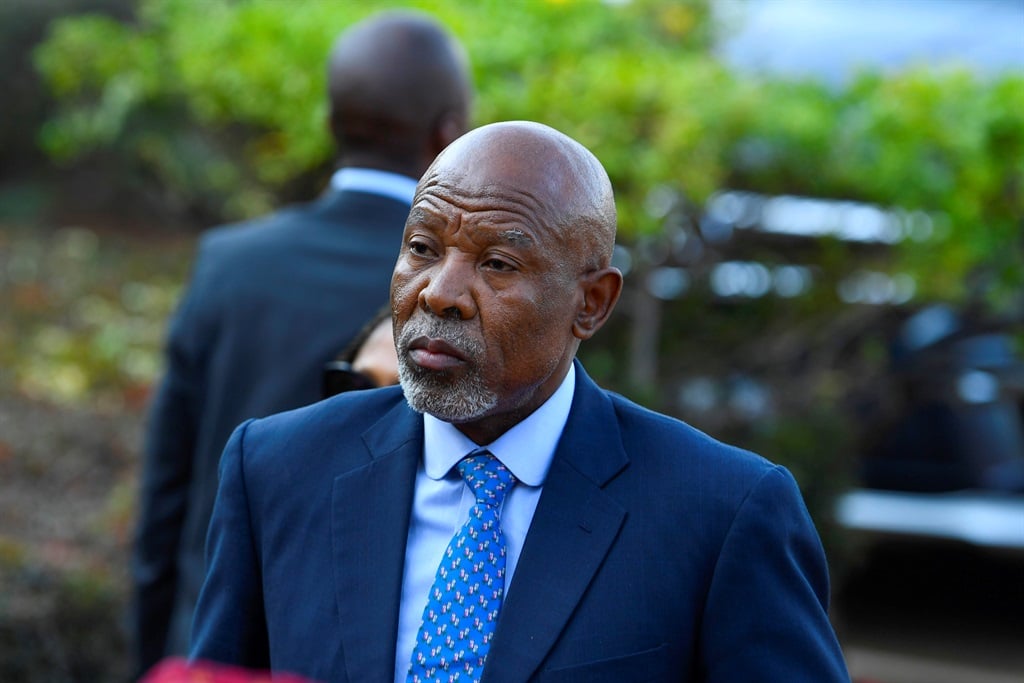Lesetja Kganyago, governor of the SA Reserve Bank. (Photo by Gallo Images/Frennie Shivambu)
South Africa’s real interest rate is at the highest level in 18 years, meaning the central bank may consider lowering borrowing costs by 50 basis points at least once this year.
The spread between the South African Reserve Bank’s policy benchmark and the annual inflation rate rose to 365 basis points in July as consumer price growth at 4.6% was the lowest in three years.
That’s the biggest gap since May 2006, when the SARB was commencing an aggressive hiking cycle.
Forward rate agreements — used to speculate on borrowing costs — are pricing in about 65 basis points of interest-rate cuts by year-end from the current level of 8.25%. The monetary policy committee, which usually moves in increments of 25 basis points, will announce its next decisions on September 19 and November 21.
Traders are pricing in a reduction of about 30 basis points in September “which suggests that the street doesn’t really want to gamble on a 50 basis point September starter just yet, but isn’t ruling it out and gives some chance to that outcome,” said Robert Hoodless, the co-head of FX and macro analysis at InTouch Capital Markets Ltd.
Lower borrowing costs may ease the strain on households, lift consumer confidence and boost economic growth in a nation where gross domestic product expanded by an average of less than 1% over the past decade.
South Africa’s central bank seeks to stabilise inflation and anchor price-growth expectations at the midpoint of its 3% to 6% target range. Governor Lesetja Kganyago has repeatedly said the MPC would only be comfortable lowering borrowing costs when inflation eases sustainably toward 4.5%.
“A firmer rand and fall in fuel prices are reining in South Africa’s annual inflation faster than expected, bringing the first rate cut closer. We now expect annual inflation to reach the midpoint of the central bank’s 3% to 6% target in the third quarter of 2024 instead of the fourth quarter, which may kick off its rate-cutting cycle in September,” says Yvonne Mhango, Bloomberg’s Africa economist.
The inflation outcome for July was below the 4.8% median of 16 economists’ estimates in a Bloomberg survey. The slowdown and a stronger currency, which reduce risks to the inflation outlook, prompted analysts to adjust their forecasts.
Goldman Sachs Group economist Andrew Matheny now sees inflation averaging 4.5% this year and 3.4% next year, down from previous estimates of 4.8% and 3.7% respectively. The MPC will probably lower interest rates by 25 basis points at each of its meetings in September, November and January, followed by quarterly cuts until it reaches 6.5%, he said in a note.

